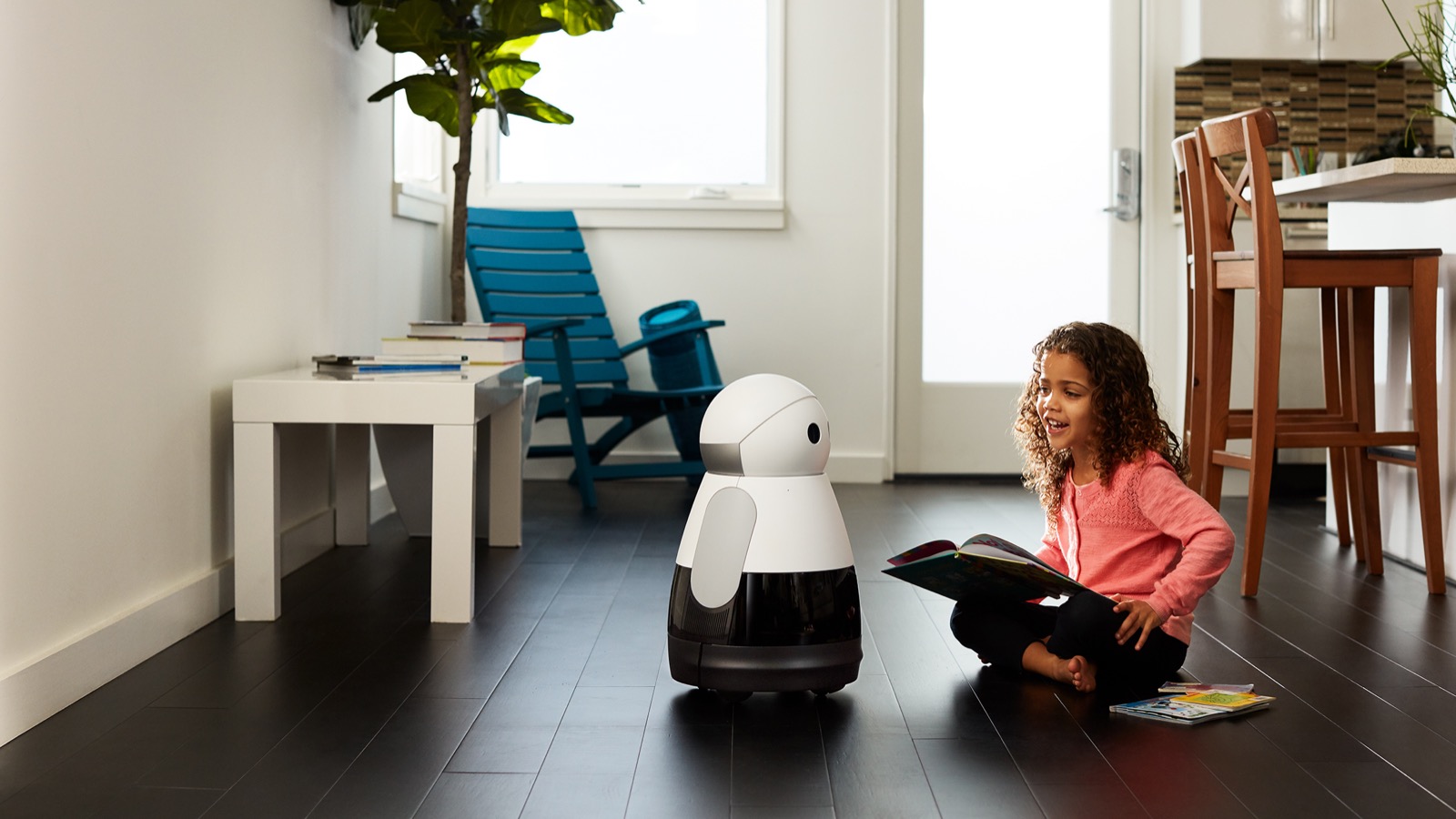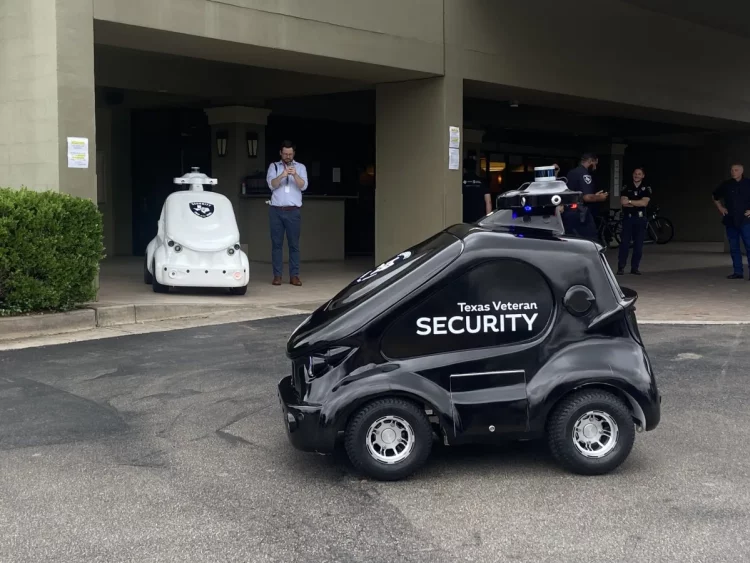In the world of smart homes, the dream of seamless, fully automated living is closer to reality than ever. Thanks to advances in artificial intelligence, the Internet of Things (IoT), and robotics, our homes are becoming smarter, more connected, and increasingly responsive. But what if this integration went even further? What if robots, not just apps or voice assistants, could control and optimize every aspect of our smart homes?
This scenario might sound like something out of a futuristic movie, but it’s rapidly becoming a possibility. With the constant evolution of robotics, machine learning, and home automation technologies, we might soon see robots in our homes doing everything from controlling lighting and temperature to managing security, cleaning, and even cooking. In this article, we will explore what this future could look like, the potential benefits, and the challenges it may bring.
The Rise of Smart Homes
Before we dive into the world of robot-controlled smart homes, let’s briefly define what a smart home is. At its core, a smart home is one equipped with devices that connect to the internet and can be controlled remotely. These devices include smart thermostats, lights, locks, refrigerators, and more, all of which can be monitored and adjusted via smartphones, voice assistants, or dedicated apps.
The key to a smart home’s functionality lies in its ability to gather data and automate processes. For example, a smart thermostat can learn your daily schedule and adjust the temperature based on when you’re home or away, while smart lights can be programmed to turn on and off at certain times, or even change colors to match your mood.
As smart home technologies continue to develop, the idea of integrating robots to take over specific tasks becomes more feasible. But how would robots fit into the picture? What roles would they play, and how would they interact with existing smart devices?
The Role of Robots in a Smart Home
To understand how robots could control our smart homes, let’s consider the potential roles these robots could take on. We can envision several categories of robots that would be integrated into the home ecosystem:
1. Home Assistants
Imagine a robot that is more than just a voice assistant like Alexa or Siri. This robot would be a physical entity capable of interacting with its environment. For example, it could control the lights, adjust the temperature, lock doors, and even manage your grocery list or make phone calls. These robots would be fully autonomous but still able to respond to voice commands, gestures, or specific instructions via an app.
Such robots could use advanced AI to learn your preferences over time and anticipate your needs. They might even integrate seamlessly with other smart devices, offering more intuitive and hands-on control than a simple voice assistant could provide.

2. Security and Surveillance Robots
Home security is one of the most important concerns for homeowners, and this is where robots could make a significant impact. With integrated cameras, motion sensors, and real-time monitoring, security robots could patrol your home 24/7, detecting intruders or suspicious activity.
These robots could also be linked to a central AI system that analyzes patterns of behavior and alerts you if anything seems out of the ordinary. Moreover, some robots could perform real-time video streaming or remote control access, allowing homeowners to monitor their property from anywhere in the world.
3. Cleaning Robots
We’re already familiar with the Roomba, the popular robotic vacuum cleaner. But imagine taking this idea further, with robots that don’t just clean floors, but also wash windows, dust shelves, and perform other household chores. These cleaning robots would be capable of navigating around furniture, identifying dirty spots, and even determining the most efficient cleaning route.
Some cleaning robots might also be able to interact with other smart home devices. For instance, they could sync with smart air purifiers to ensure the air quality is optimal while cleaning, or use the smart water system to adjust their cleaning techniques based on your water preferences.
4. Cooking and Meal Preparation Robots
While we’ve yet to see fully autonomous cooking robots that can replicate the skills of a professional chef, this is an area where significant progress is being made. Imagine a robot that can not only prepare a meal based on your preferences but also adjust cooking temperatures, monitor the timing of various dishes, and even clean up afterward.
Such robots could be programmed with recipes or linked to recipe apps, allowing them to create dishes from your favorite cuisine or even try something new based on your nutritional goals. This would allow for true hands-free cooking, freeing up your time and ensuring meals are always perfectly prepared.
5. Health and Wellness Robots
A key benefit of smart home technology is the ability to monitor and maintain the health of its residents. Robots designed for health and wellness could help track things like diet, exercise, and sleep, offering real-time feedback and adjustments.
These robots could also take care of tasks like reminding you to take medications, scheduling doctor’s appointments, or even helping with physical therapy exercises. By integrating with wearable devices and smart health monitors, these robots could offer a more holistic approach to maintaining a healthy lifestyle.
The Benefits of Robot-Controlled Smart Homes
The integration of robots into smart homes promises a wide range of benefits. These include:
1. Increased Convenience
One of the most obvious advantages of robot-controlled smart homes is the convenience they offer. Instead of manually controlling each smart device or using separate apps, you would have a central robot that could oversee everything. It would intuitively adjust your home environment to your preferences, making your life easier and more comfortable.
2. Improved Efficiency
Robots, especially those powered by AI, can optimize the use of resources in your home. For example, they could adjust heating or cooling based on your schedule, reducing energy consumption when you’re not at home. They could also automate tasks like cooking, cleaning, and even laundry, saving you time and effort.
Moreover, these robots could help reduce waste by tracking your consumption patterns and suggesting more efficient ways to use resources like water, electricity, or food.
3. Enhanced Safety
With robots constantly monitoring your home, you can have peace of mind knowing that your property is always secure. If a security robot detects unusual activity, it could alert you or take immediate action to prevent an intrusion. Similarly, robots could help prevent accidents by identifying potential hazards in the home, such as a wet floor or an open door.
Additionally, robots that monitor health can provide early warnings if someone in the household shows signs of illness or an emergency, potentially saving lives.

4. Customization and Personalization
Robots could learn from your habits and preferences, allowing them to personalize your living environment. For instance, they could adjust the lighting to match your mood, or change the temperature based on your comfort level. With enough data, these robots could even anticipate your needs before you ask, creating a truly personalized smart home experience.
The Challenges of Robot-Controlled Smart Homes
While the potential benefits are undeniable, there are also challenges that need to be addressed before robots can take full control of our homes.
1. Privacy and Security Concerns
One of the biggest concerns with robot-controlled smart homes is privacy. With so many sensors, cameras, and microphones constantly collecting data, the risk of data breaches or hacking becomes a serious issue. Protecting sensitive information, such as personal habits, financial details, and health data, will require robust cybersecurity measures.
2. High Costs
Building a fully robot-controlled smart home would likely come with a high price tag. Not only would homeowners need to invest in the robots themselves, but they would also need to upgrade existing smart devices and ensure that everything is compatible. For many people, the cost of these advanced technologies might be prohibitive.
3. Ethical and Social Implications
The widespread use of robots in homes could also raise ethical questions. For example, as robots become more autonomous, how do we ensure that they act in our best interests? There is the potential for robots to make decisions that we might not agree with, or even cause harm if they malfunction.
Additionally, the introduction of robots into the workforce could lead to job displacement. As robots take over domestic tasks, humans may no longer need to perform certain jobs, such as cleaning or cooking, which could have broader economic and social implications.
4. Technical Limitations
While robotics and AI are advancing rapidly, there are still technical limitations that could hinder the effectiveness of robot-controlled smart homes. For example, robots may struggle to navigate complex environments, identify specific objects, or understand nuanced commands. It may take years before robots can perform tasks with the level of reliability and precision we expect.
Conclusion: The Future of Robot-Controlled Smart Homes
The idea of robots controlling our smart homes is no longer science fiction, but a real possibility. With the right advancements in technology, we could soon live in homes that are more efficient, personalized, and secure than ever before. From cleaning and cooking to security and health monitoring, robots could revolutionize how we interact with our homes.
However, there are still challenges to overcome, from privacy concerns to technical limitations. The future of robot-controlled smart homes will depend on how we address these issues and ensure that these technologies enhance, rather than disrupt, our lives.
As we look ahead, one thing is certain: the role of robots in our homes is only going to grow, and it will be exciting to see how this transformation unfolds.











































